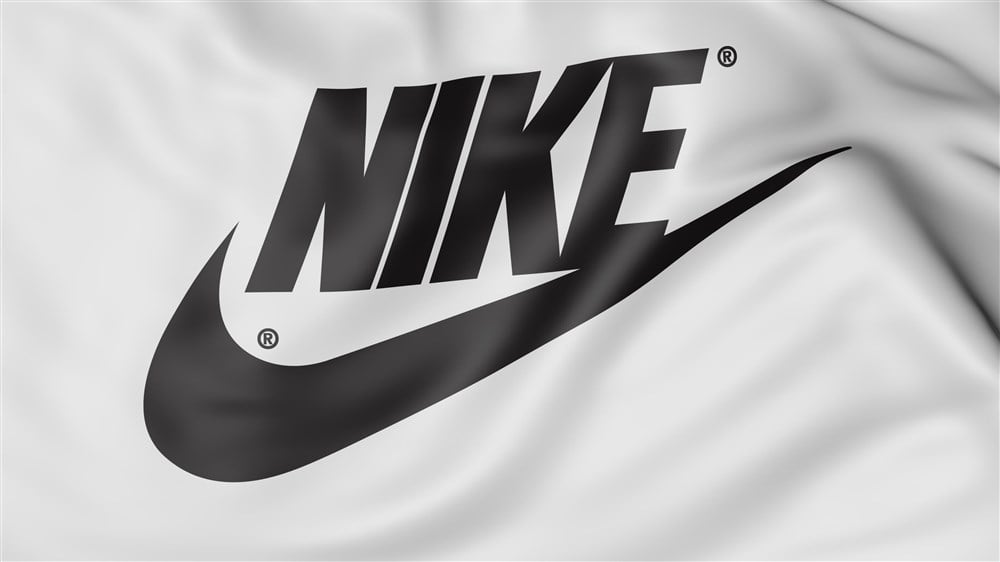
As part of this week's 'Ultimate Sale,' NIKE Inc. (NYSE: NKE) shoppers can save up to 60% on over 3,000 items. That's even better than the current 45% off sale on Nike shares.
On September 28, the athletic footwear and apparel leader reported 2024 fiscal first-quarter profits that were its best in two years. Earnings per share (EPS) of $0.94 trounced Wall Street's estimate, causing Nike to gap up at four times normal volume. The stock came within 53 cents of reclaiming the $100 level but has since retreated to the mid-$90s. Like the Ultimate Sale, this deal probably won't last long.
Nike's most recent quarter performance signals a company on the rebound and a potential inflection point for the bewildered stock. While Q1 sales were up only 2%, the gross margin stayed steady at 44%. An inventory buildup that has long weighed on the stock appears to be improving and profitability stabilizing.
Make no mistake, Nike is not out of the woods yet. Inventories declined 10% during the period, but with $8.7 billion of merchandise still to be sold, much work remains. The company will have to continue slashing prices to clear the glut, which should result in minimal earnings growth for at least a few quarters. Results similar to the first quarter's 1% year-over-year EPS growth may be forthcoming.
Aside from the ongoing inventory issue, Nike's profits are being pressured by weak China revenue. In fiscal Q1, sales rose 5% in Greater China but fell short of consensus expectations. Meanwhile, a surging U.S. dollar is also taking a bite out of growth because Nike generates more than half of its revenue outside of North America.
This leaves investors to sort through a mix of pluses and minuses. One possible scenario is that 1) inventories get flushed out, 2) China sales accelerate in conjunction with government growth initiatives, and 3) foreign exchange pressures ease as the Fed winds down its rate hike campaign. If these factors fall into place, Nike may have its best foot forward heading into fiscal 2025.
What Are Nike's Long-Term Growth Drivers?
Despite the near-term challenges, Nike is well-positioned for long-term growth. Its brand strength will allow it to capitalize on increasing global demand for sports apparel and athleisure wear. Rivals have failed to dent Nike's footwear dominance through price, quality and pro athlete endorsements. The sneaker king's market share may increase if it forms closer engagements with a loyal customer base.
Nike Direct sales jumped 14% in fiscal 2023 (when overall sales grew 9%) and are slated to play a bigger role in company growth. Consumers are embracing the opportunity to get the latest Nike releases directly from the company's e-commerce hub rather than hoping to find what they want at local retail outlets. Management anticipates this trend will lead to Nike Direct accounting for 60% of revenue by 2025. In fiscal Q1 of 2024, Nike Direct represented about 42% of total revenue.
As the company leans less on brick-and-mortar retailers and more on its own digital capabilities, markets outside the U.S. are expected to be significant contributors. As the decade progresses, middle-class consumers in emerging economies like China, India and Taiwan will gain greater internet and smartphone access. Many will become frequent visitors to Nike's websites and apps.
Is Wall Street Bullish On Nike Stock?
Nike, whose fiscal year ends on May 31, is forecast to generate EPS of $4.34 in fiscal 2025. This would represent 17% annual profit growth and an acceleration from the 15% growth expected in fiscal 2024. It also means that Nike has a P/E ratio of 22x based on next year's earnings. In calendar 2022, the stock fluctuated between 22x and 45x, so this is at the low end of the recent range.
The low valuation is a primary reason why analysts are warming up to Nike. BMO Capital called the stock a Buy this week, citing an inflection point in North America profit margins. The vast majority of sell-side opinions have been bullish since the Q1 release, and all but one price target is above $100. The mean target on Nike is now $119.00.
Nike is also a Dividend Contender, having increased its dividend for 21 consecutive years. The board of directors most recently raised the quarterly dividend to $0.34 per share, which equates to a 1.4% forward yield. Combined with Wall Street's $119 target, Nike is projected to generate a 25% total return over the next 12 months. It will have to work through some headwinds along the way, but NKE is looking like a nice 'fit' for buy-and-hold investors.


